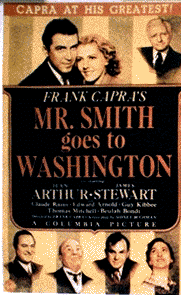Low SundayMass in the traditional Roman Rite was in San Pedro today. As you may know, following the traditional rites in the Archdiocese of Los Angeles requires full, active, and conscious attention to map, clock, and calendar. To wit: on the last Sunday of the month, Mass is at 9:00 a.m. in downtown Los Angeles. Except last week. Last week was Easter, so it was at 10:00 a.m. in Duarte. Today was the first Sunday of the month so it was at 11:30 a.m. in San Pedro. And as of today that's daylight savings time.
So we celebrated Low Sunday in the chapel of the residence of the Little Sisters of the Poor in San Pedro. These are among the most beautiful Mass texts of the year. Father added collects for the repose of the soul of Pope John Paul and it seemed very fitting to have his death prayers surrounded by all those glorious texts relating to the resurrection. And I think that the prayers for this pope in a traditional context are more than a little significant.
For it is thanks to the pastoral solicitude - in its real meaning - of Pope John Paul that we have this beautiful liturgy in a setting with no legal quibbles about its liceity. It's thanks to this pope that we have an indult Mass at all. It was Pope John Paul who has permitted the rites in use in 1962 to be used again all over the world. And it is thanks to this pope that so many traditional orders and congregations exist with full Roman sanction. The Priestly Fraternity of St Peter seems, as a practical matter, to have been his idea. And the Campos Apostolic Administration! That initiative, truly the traditionalist's shining city on a hill, was taken on this pope's watch. It's easy for some of the grumpier amongst the brethren, occasionally including this writer, to moan and complain about all that has gone wrong in the past 40 years. But it is thanks to Pope John Paul that there is also great hope for traditionalists, too. Nothing like what we have now was even conceivable in the previous reign but one.
So for one traditionalist anyway, the prayers for our Holy Father's soul in the traditional rite are both fitting and not a little affecting.
ADDENDUM:
And the Summa Mammas remind me this morning that the Anglican Use, the major, if not the only, source of liturgical beauty in the English language, is another gift from Pope John Paul.
Into Thy hands, O merciful Savior, we commend Thy servant John Paul. Acknowledge, we humbly beseech Thee, a sheep of Thine own fold, a lamb of thine own flock, a sinner of Thine own redeeming. Receive him into the arms of Thy mercy, into the blessed rest of everlasting peace, and into the glorious company of the saints in light. Amen.



































